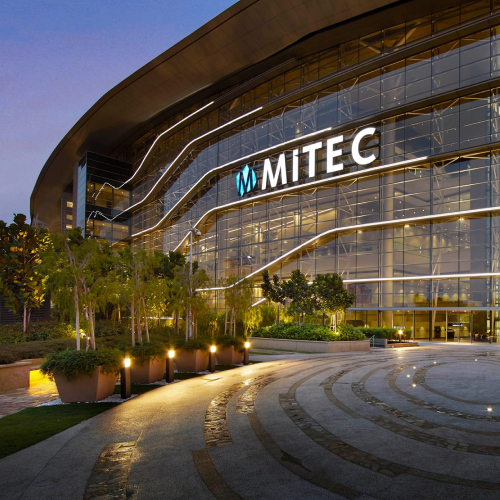Industry 4.0, also known as the Fourth Industrial Revolution, is characterized by the integration of advanced technologies such as artificial intelligence, the Internet of Things, and automation into manufacturing and other industries. This integration is expected to bring significant changes to the job market and be required for various positions in terms of skills and training.
We have spent the previous several decades linking businesses worldwide, and Industry 4.0 is seeing an increase in localization. This indicates that manufacturing facilities are relocating closer to the communities they serve. This movement offers a rare chance to create smart factories that seamlessly integrate with the requirements of Industry 4.0 technologies.
What are the impacts and how to overcome them?
The Industry 4.0 transformation necessitates specialist knowledge of cutting-edge technology. The modern world is an increasingly networked and digitalized environment, requiring algorithms and robotics. As a result, additional workers are needed to use this improved technology. The biggest issue facing developing economies is unemployment. The emergence of Industry 4.0 will result in a rise in unemployment. In fact, there is a severe scarcity of skilled labor in developing nations.
In general, Industry 4.0 is likely to increase the demand for workers with technical skills such as programming, data analysis, and experience with emerging technologies. At the same time, it may reduce demand for certain manual labor jobs that can be automated.
In order to adapt to the changing job market, workers may need to invest in new skills and training. This could include courses and certifications in areas such as data science, machine learning, and cybersecurity. Employers may also play a role in providing training and development opportunities for their employees to help them stay relevant in the Industry 4.0 landscape. The relevant job skills should be taught, and training should be made available. Only individuals with low skill levels will soon lose their employment. As a result, providing the required training will lower unemployment.
Conclusion
Overall, Industry 4.0 is expected to bring both challenges and opportunities for workers and the job market. Those who have invested in relevant skills and training are likely to be well positioned for success in the changing economy.
Automation and AI are likely to lead to job losses and reduced demand for low-skilled workers as machines and algorithms increasingly perform tasks previously done by humans. This creates a challenge for these workers to find new employment or acquire new skills to remain relevant in the job market.
Industry 4.0 also brings new job opportunities in areas such as data analysis, cybersecurity, and robotics, where there is a high demand for workers with advanced technical skills.
The impact of Industry 4.0 on workers and the job market is complex and requires a proactive approach to ensure that workers are prepared for the changes brought by this new era of technological advancement.
Build a Future Team aggregates a legion of business, impact, and skill partners to establish a new benchmark for social impact in the digital era across Southeast Asia. We are poised to impact 10 million lives through digital workforce transformation.

Lorem ipsum dolor sit amet, consectetur adipiscing elit. Ut elit tellus, luctus nec ullamcorper mattis, pulvinar dapibus leo.

Lorem ipsum dolor sit amet, consectetur adipiscing elit. Ut elit tellus, luctus nec ullamcorper mattis, pulvinar dapibus leo.

Lorem ipsum dolor sit amet, consectetur adipiscing elit. Ut elit tellus, luctus nec ullamcorper mattis, pulvinar dapibus leo.

Lorem ipsum dolor sit amet, consectetur adipiscing elit. Ut elit tellus, luctus nec ullamcorper mattis, pulvinar dapibus leo.

Lorem ipsum dolor sit amet, consectetur adipiscing elit. Ut elit tellus, luctus nec ullamcorper mattis, pulvinar dapibus leo.

Lorem ipsum dolor sit amet, consectetur adipiscing elit. Ut elit tellus, luctus nec ullamcorper mattis, pulvinar dapibus leo.

Lorem ipsum dolor sit amet, consectetur adipiscing elit. Ut elit tellus, luctus nec ullamcorper mattis, pulvinar dapibus leo.

Kompleks MITEC KL Metropolis,
8, Jalan Dutamas 2,
Segambut, 50480 Kuala Lumpur,
Wilayah Persekutuan Kuala Lumpur